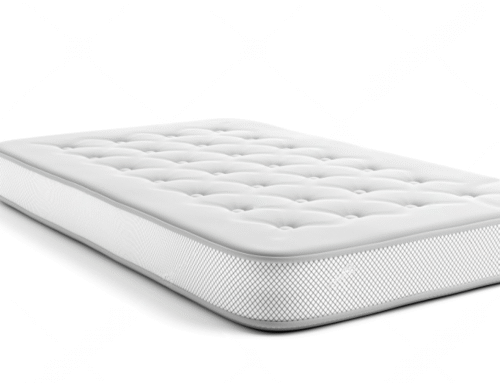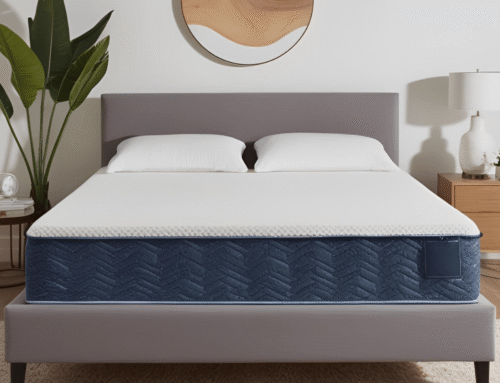When shopping for a new bed, you might wonder what a twin mattress is and how thick it should be. Thickness plays a key role in comfort, support, and durability, making it an important factor to consider. Since it is called a twin bed, many assume it has a standard thickness, but the reality is that it varies based on materials and construction.
Memory foam, innerspring, and hybrid mattresses all come in different thickness levels, typically ranging from 6 to 14 inches. The best choice depends on your comfort needs, sleeping habits, and bed frame compatibility. Understanding the dimensions of a twin bed can also help you select the right mattress thickness, ensuring a good balance of support and softness.
Whether for a child’s room, guest space, or a dorm, picking the right twin mattress thickness ensures a restful night’s sleep tailored to your needs.
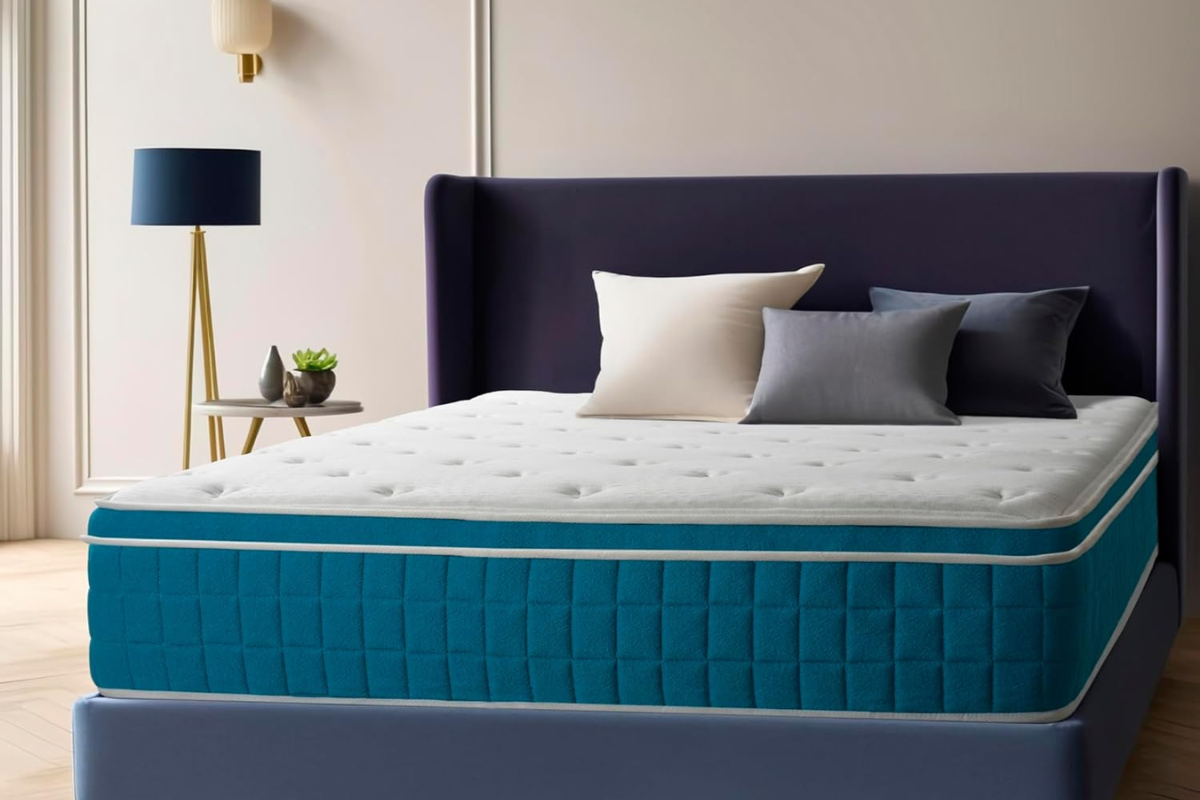
When choosing a twin mattress, it’s important to consider thickness, as it affects comfort and support. If you’re wondering how deep a standard twin mattress is, the answer varies. Most twin mattresses range from 6 to 14 inches thick, though some thinner models start at 5 inches, while plush, high-end options can reach up to 16 inches. The most common thickness falls between 10 and 12 inches, striking a good balance between softness and support.
Aside from thickness, you might also be curious about how much it weighs. Weight depends on materials, with foam mattresses being lighter and innerspring or hybrid options heavier. Knowing how big it is in terms of both depth and weight can help you choose a mattress that fits your needs. A mattress that’s too thin may lack cushioning, while an overly thick one might be too soft and make getting in and out of bed challenging.
- Material composition – Foam, latex, and hybrid mattresses all have different thickness levels.
- Number of layers – More layers generally mean a thicker mattress.
- Comfort preference – Some people prefer a firmer, thinner mattress, while others like plush, thick options.
- Body weight – Heavier individuals often need thicker mattresses for better support.
- Usage – A child’s twin mattress may be thinner than an adult’s.
Understanding mattress thickness also involves knowing the length of a twin bed, which is typically 75 inches. When considering how tall a twin bed is, the height varies depending on the bed frame and mattress depth. Additionally, the width of a twin bed is 38 inches, making it a compact choice for small spaces.
- Toddlers & young kids: 5-8 inches (for safety and accessibility)
- Teens & adults: 10-14 inches (for better support and durability)
- Guest beds & bunk beds: 6-10 inches (to fit frame requirements)
- Side sleepers: 12-14 inches (extra comfort layers help with pressure relief)
- Back sleepers: 10-12 inches (medium-firm support for spinal alignment)
- Stomach sleepers: 9-11 inches (firmer mattresses prevent sinking)
When choosing a twin mattress, it’s important to consider both material and thickness, as different mattress types offer varying levels of comfort and support. Memory foam twin mattresses typically range from 8 to 14 inches, offering contouring support that adapts to your body. Innerspring mattresses, which have a more traditional feel, tend to be thinner, usually between 6 and 12 inches.
Hybrid mattresses, which combine coils and foam for a balance of support and cushioning, generally fall between 10 and 14 inches. Meanwhile, latex mattresses, known for their durability and responsiveness, usually range from 9 to 13 inches.
Beyond thickness, it’s also important to consider the difference between a twin mattress and twin XL. A standard twin mattress is 75 inches long, while a twin XL adds five extra inches, making it 80 inches long—ideal for taller sleepers. Regardless of mattress type, choosing the right thickness ensures proper support and comfort, enhancing sleep quality based on personal preferences and needs.
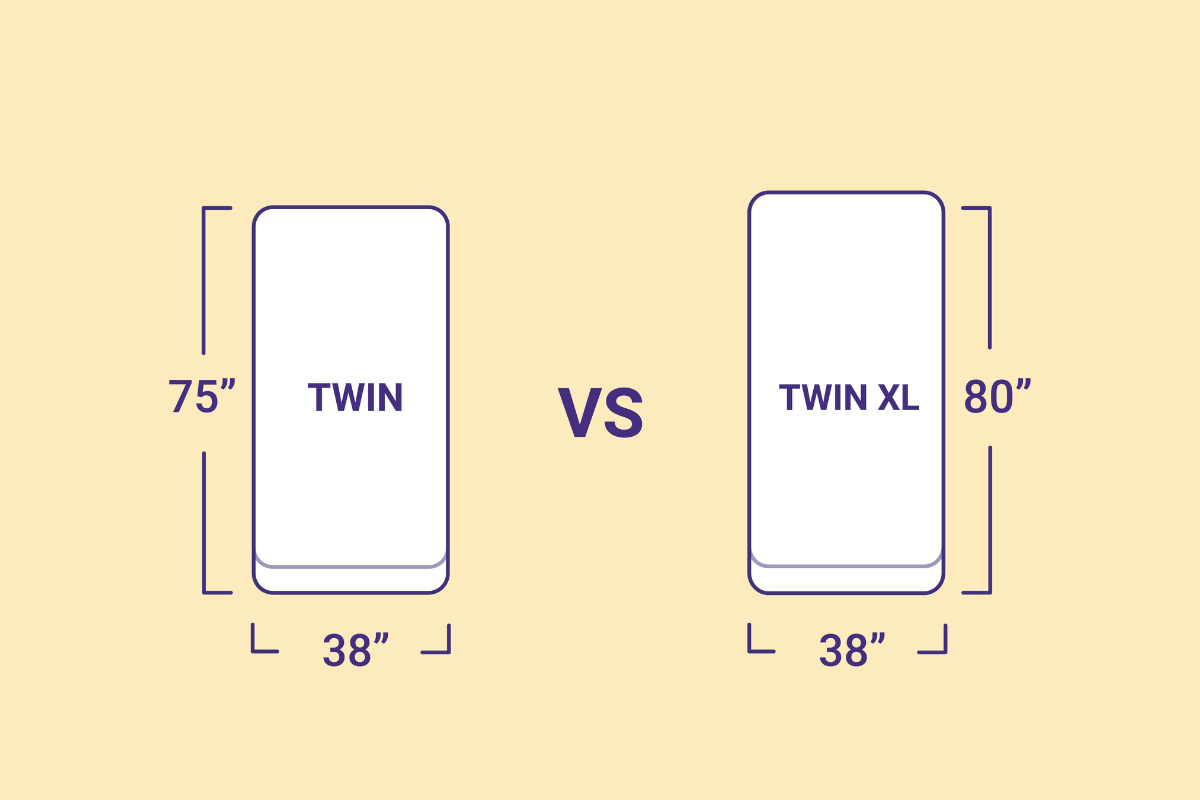
When choosing a twin mattress for a bunk bed, thickness is an important safety consideration. Most bunk beds require mattresses between 6 and 8 inches thick to leave enough space between the mattress and the safety rails. A thicker mattress might reduce the height of the guardrails, increasing the risk of falls, especially for children.
Before making a purchase, always check the bunk bed’s specifications to ensure the mattress fits properly. If you’re also thinking about storing a twin mattress, consider vacuum-sealing it or using a mattress bag to keep it clean and protected when not in use.
If you’re wondering where to buy a twin mattress for your bedroom or bunk bed, many online retailers and furniture stores offer a variety of options. Be sure to compare features, materials, and thickness levels to find the best fit for both comfort and safety in your space.
Choosing between a thick and thin twin mattress depends on personal preference, comfort needs, and practicality. A thicker twin mattress provides extra support and plushness, making it a great option for long-term use. It’s especially beneficial for heavier individuals or those who enjoy a softer sleeping surface. However, thicker mattresses can be more expensive and challenging to move due to their weight and bulk.
On the other hand, a thinner twin mattress is lightweight, easy to handle, and often more budget-friendly. It’s a great choice for children, guest rooms, and bunk beds, where a lower profile is ideal. However, it may not offer enough cushioning for adults, particularly side sleepers who need extra pressure relief.
Ultimately, the best mattress thickness depends on who will be using it and where it will be placed, ensuring a comfortable and practical sleeping solution for any space.
Selecting the right twin mattress thickness depends on several factors, including who will be using it, their sleep position, and comfort preferences. A good starting point is a 10- to 12-inch mattress, which provides a balance of support and softness for most sleepers. If the mattress is for a child or a bunk bed, a thinner 6- to 8-inch option may be more suitable. For those who prefer extra cushioning, a 12- to 14-inch model could be a great choice.
If you’re furnishing a larger bed, keep in mind that two twin beds make a size close to a king, offering a flexible sleeping arrangement. Cost is also an important factor—if you’re wondering how much a twin mattress is, prices vary depending on materials and thickness. Budget-friendly options start around $100, while premium models can cost several hundred dollars. Finding the right balance ensures both comfort and affordability.
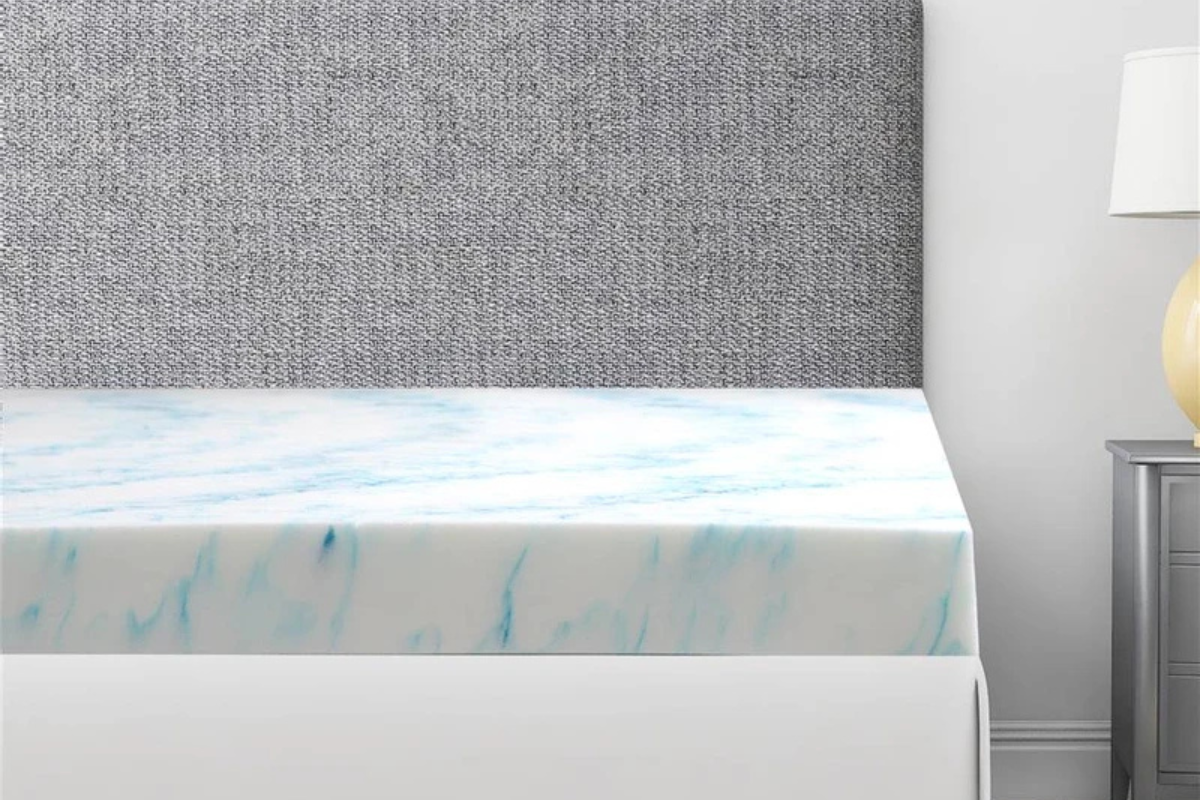
When choosing a twin mattress, it’s important to consider how well it fits with your bed frame. Different types of frames work best with specific mattress thicknesses, ensuring both comfort and functionality.
Platform beds, for example, typically support mattresses between 10 and 14 inches thick, providing a stable base without needing a box spring. Adjustable bases, on the other hand, work best with more flexible mattresses, usually in the 8- to 12-inch range, to allow smooth movement.
For space-saving setups like bunk beds and trundle beds, a thinner mattress—between 6 and 10 inches—is often recommended. This ensures a proper fit and prevents safety concerns, especially for top bunks where guardrails need enough clearance. Before purchasing a twin mattress, always check your bed frame’s height limitations to avoid compatibility issues and ensure a comfortable and practical sleeping arrangement.
So, how thick is a twin mattress? While the standard range falls between 6 and 14 inches, the ideal thickness depends on several factors, including age, sleep position, mattress type, and bed frame compatibility.
For most sleepers, a 10- to 12-inch mattress offers a great balance of comfort and support. If you’re choosing a mattress for a child or a bunk bed, a thinner 6- to 8-inch option is usually the best fit. Selecting the right thickness ensures not only a restful night’s sleep but also long-term durability and comfort.
Before making a decision, consider your personal needs and sleeping habits. A well-chosen twin mattress can make all the difference in sleep quality. Ready to find the perfect twin mattress? Take your time to choose the right thickness, and enjoy a more comfortable and supportive night’s rest starting today!



